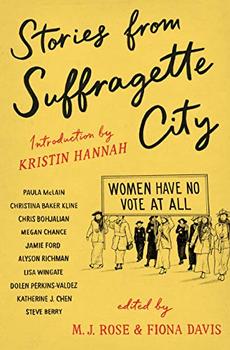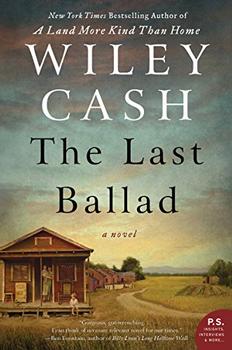Summary | Excerpt | Reviews | Beyond the book | Read-Alikes | Genres & Themes | Author Bio

Welcome to London, 1912. The world is changing and the women's suffrage movement is busily battling the establishment with the cause for women's rights to vote. Waging her own more private battle for equality, however, is Frankie George, a trouser-wearing, bicycle-riding journalist about to get caught up in a conspiracy potentially as explosive as the Gunpowder Plot to blow up the Houses of Parliament, 300 years previously.
Frankie is ambitious. She wants to cover the news and is frustrated, therefore, when she is assigned to photograph and write up a portrait article about an acrobat, who is also a suffragette, called Ebony Diamond. Frankie is dispatched to track Ebony down, starting at a Soho corset shop which, she soon finds, attracts a mysterious steady flow of aristocratic after-hours male visitors. When Ebony disappears and her corset-maker is found murdered, Frankie is drawn into a mystery that puts her and her friends' lives in danger.
Early 20th Century London glitters in Ribchester's hands. Her Edwardian world is colorful and risqué. Characters are described with sharp, physical details and they spring to life on the page. From the aging courtesan, holding court from her bed in her London mansion, to Milly the snake-charmer; from the Houses of Parliament to the Bow Street magistrates court, The Hourglass Factory is a delight to the senses. As Frankie risks her fledgling career in pursuit of the truth about Ebony, she finds that the acrobat's connections to the suffragette movement are at the heart of this murder mystery.
Elements of history are tightly woven into the plot of The Hourglass Factory with minor characters drawn from real life. Women's rights activist Emmeline Pankhurst, who, with her daughters, formed the Women's Social and Political Union (WSPU), an organization dedicated to obtaining the vote for women, appears several times in the novel. The militant actions of suffragettes, the arrests, imprisonment and subsequent hunger-strikes and force-feeding initially form the background to Frankie's adventures, but ultimately take center stage in a dramatic climax.
It is perhaps appropriate that in a novel set in a time of a sexual politics revolution, that the sexuality of the main character is ambiguous. Boyish Frankie George is aptly named, and although there is no romantic storyline for her, I found myself wondering about her emotions as they related to her sexuality. This aspect of Frankie's life, however, is not developed and I felt some disappointment at not learning more about those internal feelings. In addition, another important character, New Scotland Yard's Detective Inspector Primrose has a notably feminine name, quite at odds with his character and occupation. Combined with Frankie's masculinity, I felt that gender perceptions was a theme that Ribchester might have explored in The Hourglass Factory, but this was not borne out as the story progressed.
![]() This review was originally published in The BookBrowse Review in April 2016, and has been updated for the
April 2017 edition.
Click here to go to this issue.
This review was originally published in The BookBrowse Review in April 2016, and has been updated for the
April 2017 edition.
Click here to go to this issue.

If you liked The Hourglass Factory, try these:

by M.J. Rose, Fiona Davis
Published 2022
Stories from Suffragette City is a collection of short stories that all take place on a single day: October 23, 1915.

by Wiley Cash
Published 2018
The New York Times bestselling author of the celebrated A Land More Kind Than Home and This Dark Road to Mercy returns with this eagerly awaited new novel, set in the Appalachian foothills of North Carolina in 1929 and inspired by actual events.
These are not books, lumps of lifeless paper, but minds alive on the shelves
Click Here to find out who said this, as well as discovering other famous literary quotes!
Your guide toexceptional books
BookBrowse seeks out and recommends the best in contemporary fiction and nonfiction—books that not only engage and entertain but also deepen our understanding of ourselves and the world around us.